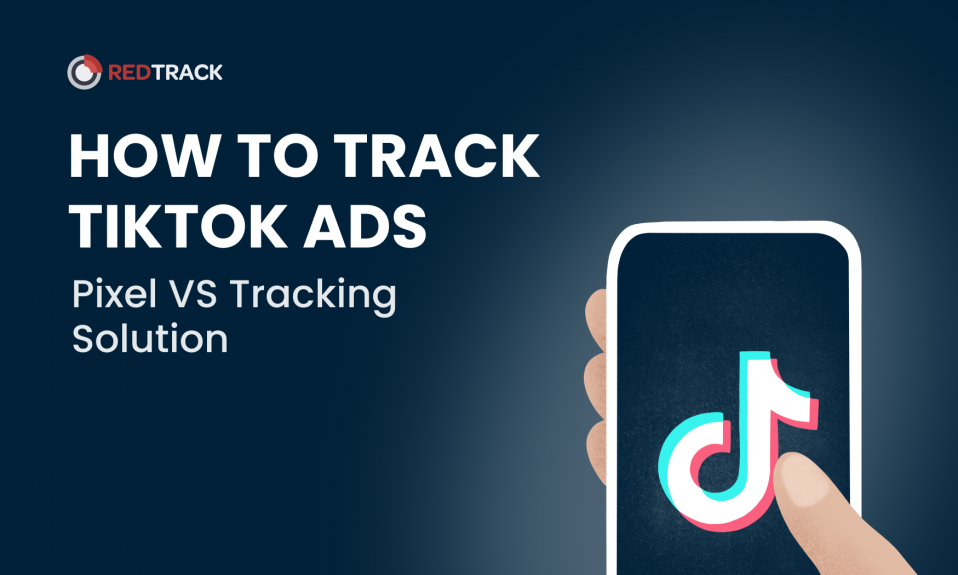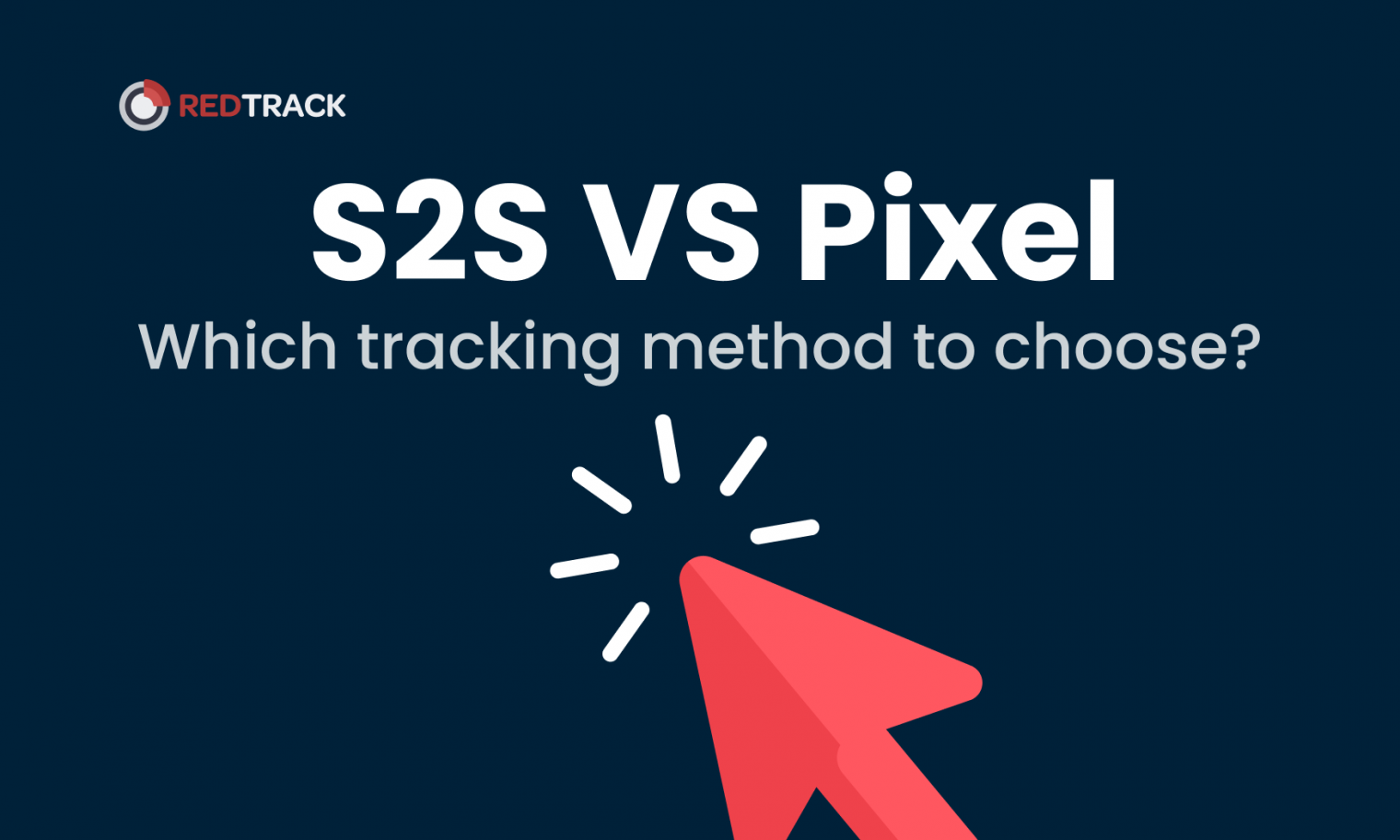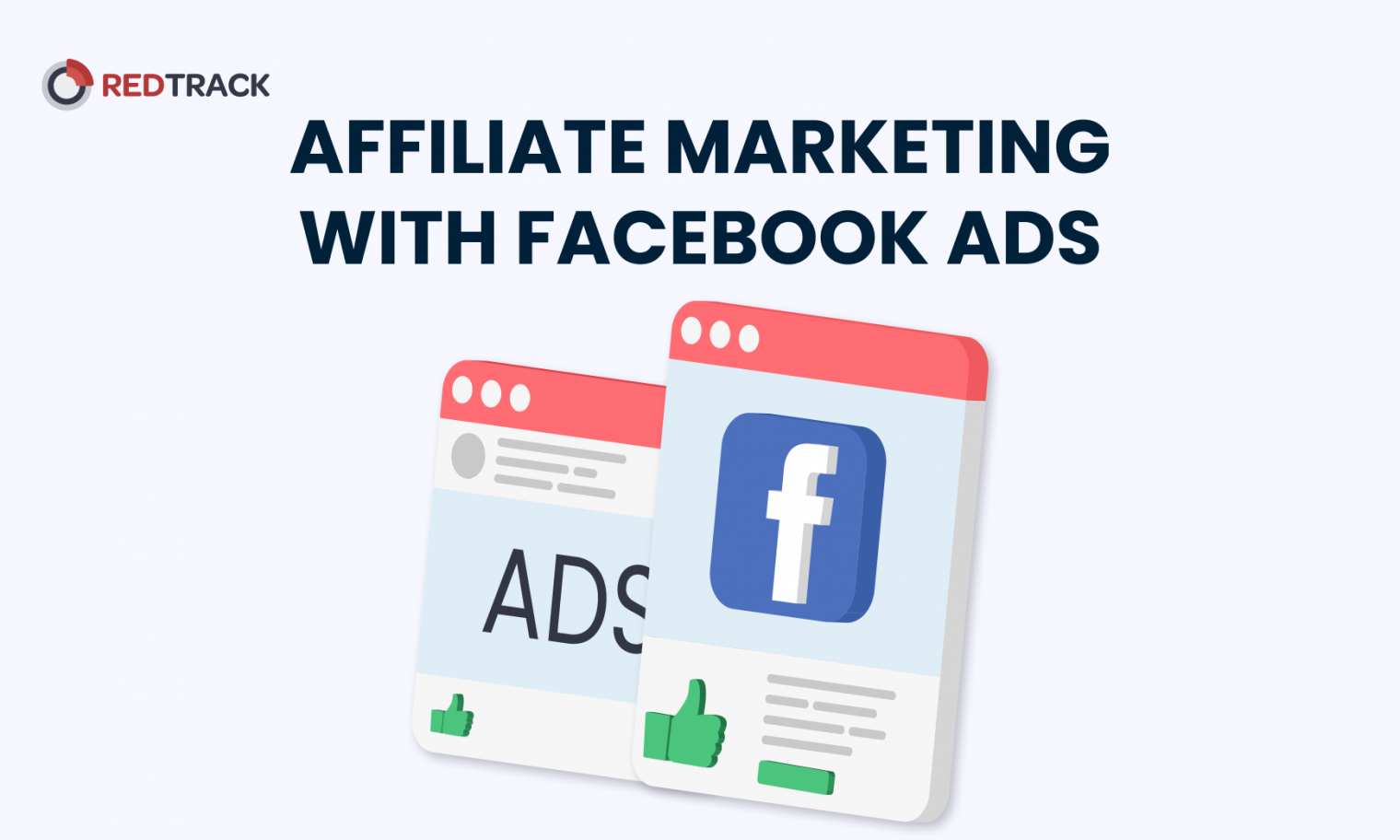
Check our 2-minute video to explore 5 reasons users choose RedTrack as their ad tracking & attribution partner.
CPA, also known as Pay Per Action, is an online advertising payment model. Here, advertisers pay not just for views or clicks, but for a specific action linked to their advertisement. This action could be anything from purchasing to filling out a form, depending on what the advertiser is looking for.
CPA is unique because it focuses on the completion of a specific action, unlike other models that charge per view or click. This makes it a less risky option for advertisers since they pay only when their ad leads to a concrete result.
The actions in CPA can vary. They might include making a purchase, which is the most common action, or other activities like signing up for a newsletter or downloading an app. Sometimes, even a simple click can count as an action.
The formula for calculating Cost-per-Action (CPA) in an advertising payment model is relatively straightforward. It is:
CPA =
Here's what each part means:
Total Cost of the Campaign: This is the total amount spent on the advertising campaign. It includes all costs associated with the campaign, such as ad spend, agency fees, and other related expenses.
Number of Actions: This is the total number of completed actions that are directly attributable to the campaign. An action can be a variety of things specified by the advertiser, such as a purchase, a sign-up, a download, or any other measurable activity that the advertiser deems valuable.
By dividing the total cost by the number of actions, you get the CPA, which tells you how much you're paying, on average, for each action completed as a result of your advertising campaign. It's a key metric used to assess the effectiveness and efficiency of online advertising, particularly in campaigns where the goal is to drive specific user actions.
CPA is cost-effective because advertisers pay only for results. It also offers predictable budgeting, as costs are tied to specific actions. The campaigns can be highly targeted, increasing the likelihood of achieving the desired action, and the risk is lower compared to other advertising models.
However, CPA can have higher costs for each action since the risk is shifted to the publishers. It's also more complex, requiring advanced tracking and validation. There's a risk of fraud, with fake actions potentially being generated. And advertisers might have less control over where and how their ads are displayed.
Different industries use CPA in ways that suit their goals. E-commerce businesses often use it to drive sales, while service providers like insurance companies might use it for lead generation. App developers frequently use CPA to encourage app installations.
To make the most of CPA, advertisers focus on attracting high-quality traffic, ensuring their landing pages are effective, and continuously testing different aspects of their campaigns. They also use tools and strategies to prevent fraud.
CPA is often compared with other models like CPC (Cost Per Click) and CPM (Cost Per Mille). While CPC involves paying for every click, regardless of the outcome, and CPM involves paying per thousand impressions, CPA is strictly tied to specific actions, making it a more results-oriented approach.

Check our 2-minute video to explore 5 reasons users choose RedTrack as their ad tracking & attribution partner.

Join our Facebook group to participate in the discussions, share your insights with like-minded people, and ask for support if needed.

Find out how Financer.com optimized the conversion rates of both organic and paid traffic by 60% with RedTrack.